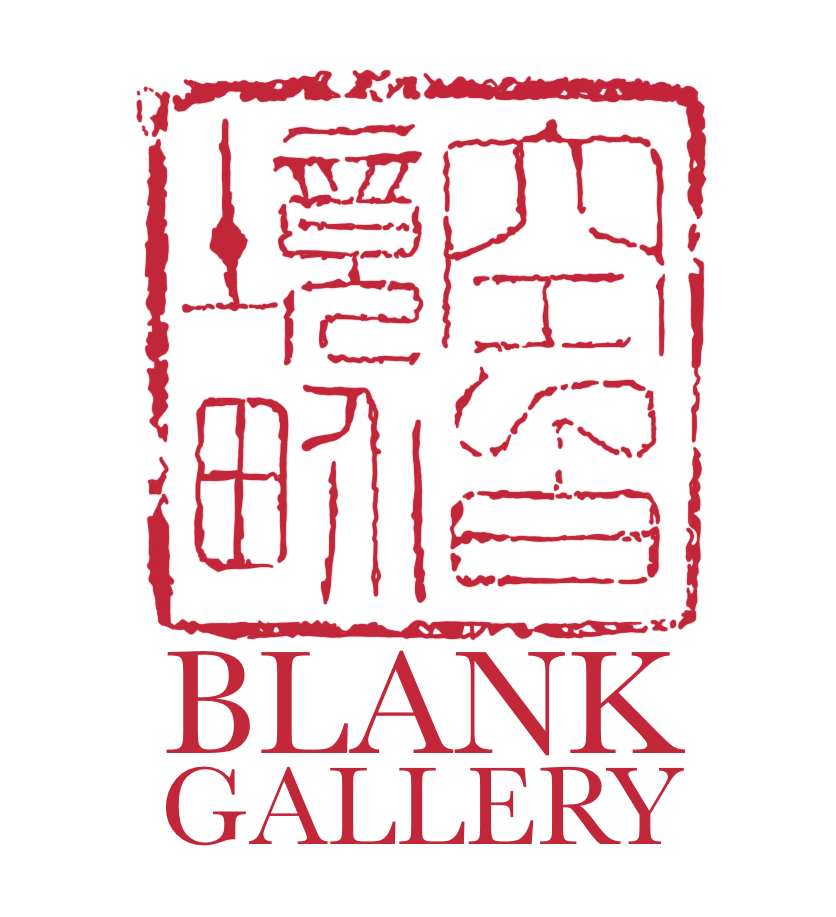Kocho Chapter 24
Regular price$275.00 Sale price
Full Title: Kocho Chapter 24
Date: C1898
Artist: Ogata Gekko (1859 - 1920)
Condition: In good condition.
Technique: Woodblock.
Image Size: 237mm x 347mm
Description:
Chapter 24 from Ogata Gekko’s, Fifty Four Chapters of Tale of Genji.
The Tale of Genji was written shortly after the year 1000 in Japan’s Heian era, when the capital was situated at Heian-kyo(present day Kyoto).
To reply to the Empress Akikonomu, who had sent an ornamental box of arranged autumn leaves and flowers in the last autumn, Murasaki would have liked to answer properly by showing off her spring garden. Genji agreed, but casual visits were out of question for one in her position. Numbers of her young women were rowed out over the south lake, which ran from her southwest quarter to Murasaki’s southeast, with a hillock separating the two. Genji’s entourage was deliciously exotic. The dragon and phoenix boats were brilliantly decorated in the Chinese fashion. The professional flutists struck up a melody. The little pages and helmsmen, their hair still bound up, wore Chinese dress. A willow trailed its branches in the deepening green, the cherry blossoms were at their best, the wisteria was rich, and yellow yamabuki reflected on the lakes as if about to join its own image. Waterfowls swam holding twigs in their bills. Genji and some young women watched from the angling pavilion.
There was to be a reading of the Prajnaparamita Sutra commissioned by Empress Akikonomu. Murasaki had prepared the floral offerings. She chose eight of her prettiest girls to deliver them, dressing four as birds and four as butterflies. The birds brought cherry blossoms in silver vases, the butterflies brought yamabuki, the yellow flowers, in gold vases. After they handed over the flowers to the monks, the girls started dancing. The music for the dance of the birds rang forth to the singing of warblers, to which the waterfowls on the lake added their clucks and chirps. The butterflies seemed to fly higher than the birds as they disappeared behind a low fence of yamabuki. It was with great regret that the audience saw the dances come to an end.
Artist:
Ogata Gekko (1859-1920)
Gekko’s was born Nakagami Masanosuke in the Kobayashi district of Edo (Tokyo), and lived most of his life in the same district. His father was a wealthy merchant who ran the family business which had been established for several generations.
Gekko was orphaned at the age of 16 when his father died and his family lost their businesses and had to open a lantern shop. The teenage Gekko survived by designing rickshaws and selling his drawings. His rickshaws were shown at the Interior Exhibition of Industrial Design as examples of fine contemporary craftsmanship.
After this and after producing an immense number of paintings and sketches, he was recognized by such important figures as the artist Kawanabe Kyosai (often credited for ‘discovering’ Gekko) and the famous Ogata family, direct descendants of one of Japan’s most celebrated artists, Ogata Korin (who was himself older brother to the legendary artist, Ogata Kenzan). Ogata Koya adopted him and the young artist appended their family name to the name he gave himself, Gekko, which means ‘Moonlight’.
Though Gekko would later become a founding member and developer of several important art institutions, including Nihon Bijutsu Kyôkaï, Nihon Seinen Kaïga Kyôkaï (the Japan Youth Painting Association), the Academy of Japanese Art, the Bunten (the Ministry of Education’s annual juried exhibition), and an actively participating member of the Nihon Bijitsuin and the Meiji Fine Art Association, he never attended art school himself, nor did he undergo the traditional apprenticeship in a print maker’s studio. In a society that discouraged self-promotion, Gekko began his art career by preparing flyers and taking them around to various publishers and places to sell his services as an illustrator for magazines and newspapers and a designer of lacquerware and pottery.
Although his techniques were thoroughly modern, Gekko considered himself to be firmly rooted in the ukiyo-e tradition. Though he had no teacher himself, he had some outstanding pupils during a 30 year teaching career, including Yamamura Toyonari (Koka), his son Ogata Getsuzan, Kanamori Nanko, and Tsukioka Kôgyo (1869-1927), whose mother had married the Meiji Period’s other great artist, Tsukioka Yoshitoshi.
